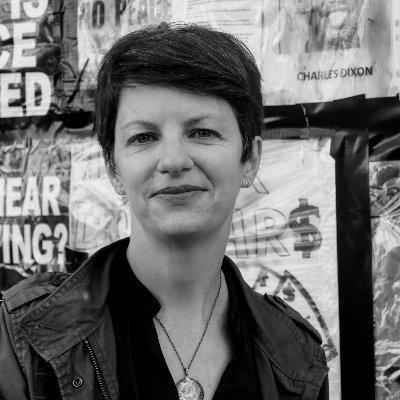

Ripley determined that most people did not respond the way they thought they would. What she learned could help you understand your response should you ever be confronted with a disaster situation.

She interviews the survivors to learn how they made it out, the rescuers to learn how the victims were responding, and the heroes to learn what made them different. In this book she retraces some of history’s biggest calamities-from the 1917 explosion of the munitions ship Mont Blanc, to plane crashes, calamitous fires, the 9/11 World Trade Center attacks, hostage situations and mass shootings-and studies people’s responses in an effort to find out why some survive the seemingly unsurvivable while others perish in situations where survival should have been assured. Ripley, an award-winning journalist for Time magazine, has covered some the world’s biggest disasters over the course of her career. That’s the conclusion of Amanda Ripley’s The Unthinkable, which has a subtitle: Who Survives When Disaster Strikes-And Why? And while practice or preparation can help us to respond properly, we may have little actual control over what we do in a disaster.

And we certainly hope that we would never just freeze, like a deer caught in the headlights-or worse, panic.īut how we respond to crisis may be hardwired into our brain’s circuitry long before we’re confronted with a disaster situation. Each of us secretly hopes that, should we find ourselves facing a disaster, we would respond nobly if not heroically.


 0 kommentar(er)
0 kommentar(er)
